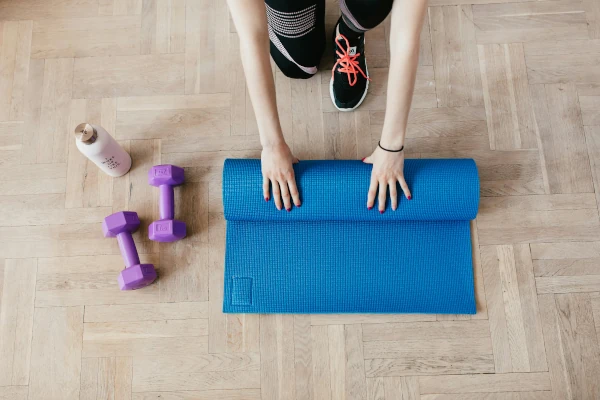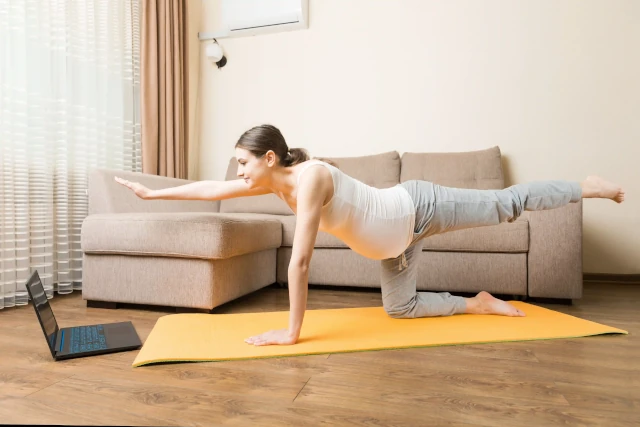
Shoulder Pain Quick Relief at Home: Best Sleeping Positions, Pillows & Braces
- Dr. Ankita Aggrawal (MPT)
Connect with our expert physiotherapist for personalized physiotherapy advice.
Shoulder pain can be caused by poor posture, injuries, or chronic conditions, often making daily activities and sleep uncomfortable. In this blog, we’ll explore effective strategies for quick relief from shoulder pain at home using proper sleeping positions, pillows, braces, laser therapy, and physiotherapy exercises.
What Causes Shoulder Pain?
Shoulder pain may arise from various conditions such as:
- Rotator cuff tendinitis or tears
- Frozen shoulder (adhesive capsulitis)
- Shoulder impingement syndrome
- Arthritis and age-related degeneration
- Prolonged poor posture or overuse injuries
Best Sleeping Positions for Shoulder Pain
Sleeping posture can significantly impact shoulder recovery. To minimize discomfort:
- Sleep on your back with a pillow under your affected arm.
- Avoid sleeping on the painful side to reduce compression.
- Use a body pillow or wedge for added support.
Choosing the Right Pillow
Selecting the right pillow can reduce strain and support cervical alignment:
- Memory foam pillows adapt to your shape and relieve pressure.
- Contour orthopedic pillows maintain proper neck and shoulder positioning.
- Side-sleeper pillows with shoulder cut-outs prevent compression.
Using Shoulder Braces for Support
Shoulder braces can provide passive support and prevent further injury:
- Use immobilizers in case of injury or post-surgical care.
- Compression braces reduce inflammation and promote healing.
- Postural correction braces align the shoulder and upper back.
Laser Therapy for Shoulder Pain
Laser therapy is an advanced modality used for pain relief and healing:
- Stimulates tissue repair and regeneration
- Improves blood circulation
- Reduces inflammation and pain levels
Home-use cold laser devices are available but should be used with professional guidance.
Physiotherapy Exercises and Stretches
Regular physiotherapy-based exercises can relieve stiffness and improve function:
- Pendulum swings: Gently swing your arm in circles while bent forward.
- Wall crawls: Climb your fingers up a wall to improve range.
- Doorway stretches: Open up the chest and front shoulder muscles.
- Isometric holds: Gently press your hand into a wall to activate muscles without movement.

When to See a Physiotherapist
Seek professional help if your shoulder pain:
- Lasts more than 2 weeks
- Causes significant weakness or arm immobility
- Is associated with numbness or tingling
- Follows trauma or sudden injury
External Resources
For further reading and trusted advice, check out these external links:
Connect with our expert physiotherapist for personalized physiotherapy advice.



